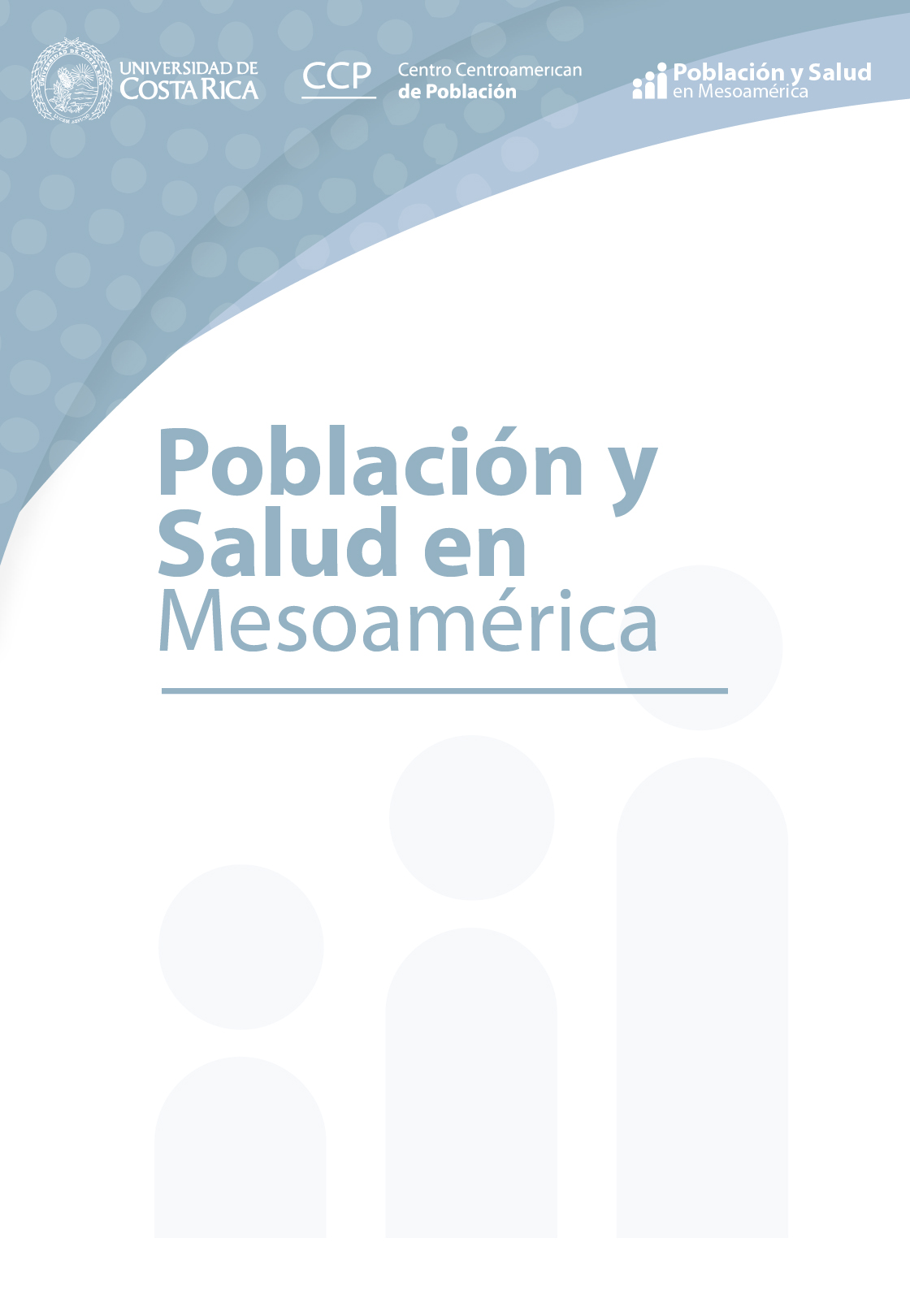Abstract
Objective: to analyze the phenomenon of mortality in Zamora, Michoacán, Mexico between 1900 and 1903. Now, the study concentrates on this temporality in order to see which were the causes that had the greatest impact on the Zamora population under the prefecture of Mr. Ignacio Mendoza Alcázar. Methods: a documentary analysis was implemented, which led to a review of the death records of the Immaculate Conception Parish, which in turn showed the following variables: year of death, sex, age, marital status, origin and typology of the cause of death. Results: a total of 1,413 people died in Zamora territory. Conclusions: of the total number of deaths, it was concluded that the causes of death affected more the female sex with 743 cases and to a lesser extent the male sex with 670. In calculating by age groups, the most affected were those from 0 to 9 and from 50 to 59 years old and by marital status, in both sexes, married persons and widowers suffered significantly, those who lived in cohabitation and in celibacy less. Finally, when analyzing the origin of the dead by state, Michoacan is the one with high figures compared to Jalisco, Guanajuato, Mexico City and Queretaro who had few deaths.







